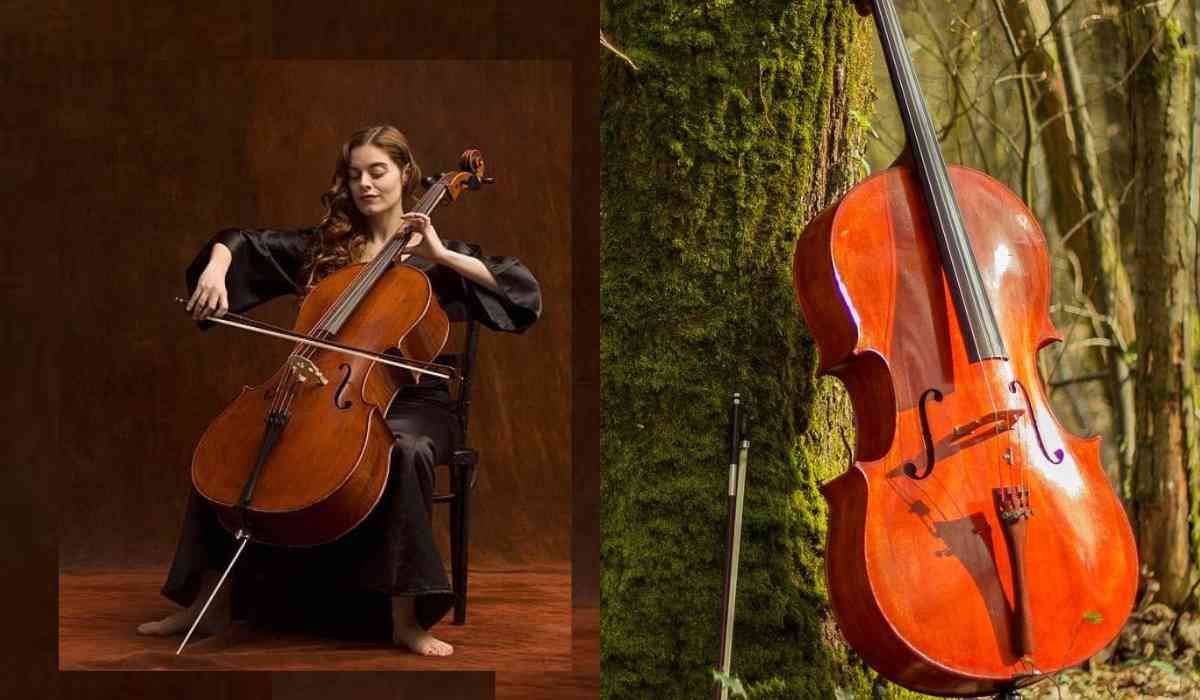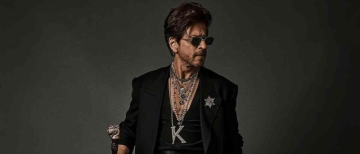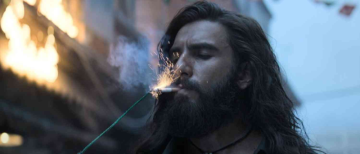Sexism and misogyny is deeply rooted in our society. Shockingly, how even Music and Musical instruments are affected and influenced by gender stereotypes, contributing to intricate problems related to modesty and femininity concerning certain musical instruments, which are considered "inappropriate" for women.
Carl Ludwig Junker, in his book on women and music (1783), mentioned instruments like the horn, cello, double bass, bassoon, and trumpet were unsuitable and inappropriate for the female body, fashion, and character. Junker argued that a woman's modest and mild character didn't align with producing a strong and powerful sound. Instruments like drums and trumpets, associated with the military, and the horn used in hunting were considered unfeminine. Playing the contrabass in a corset was considered ridiculous, and the large movements required for string and wind instruments were seen as unladylike.
The cello's playing position, with a woman squeezing the instrument to her chest and straddling it with her legs leading to a spread-legged posture, was criticised for potentially evoking immoral thoughts, thus discouraging women from playing due to concerns about indecency. Instead Junker recommended women to stick to the piano, where they could sit gracefully with their legs together, playing without twisting their bodies and showcasing fashionable clothing. The perception of the cello as a masculine instrument clashed with societal expectations of grace for women.
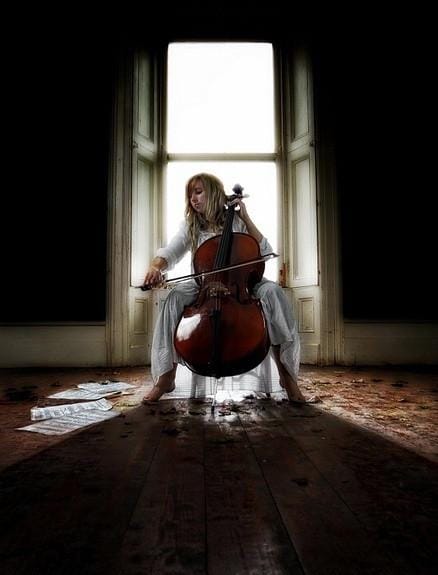
Guilhermina Suggia (1885-1950), a skilled Portuguese cellist, defied norms as one of the first professional female cellists. A child prodigy, she started cello studies at 5, graduated from Leipzig Conservatory at 18, and achieved acclaim. Comparable to her teacher Pablo Casals, her artistry left a lasting impact. The Suggia Prize in England is among her enduring contributions to cello playing.
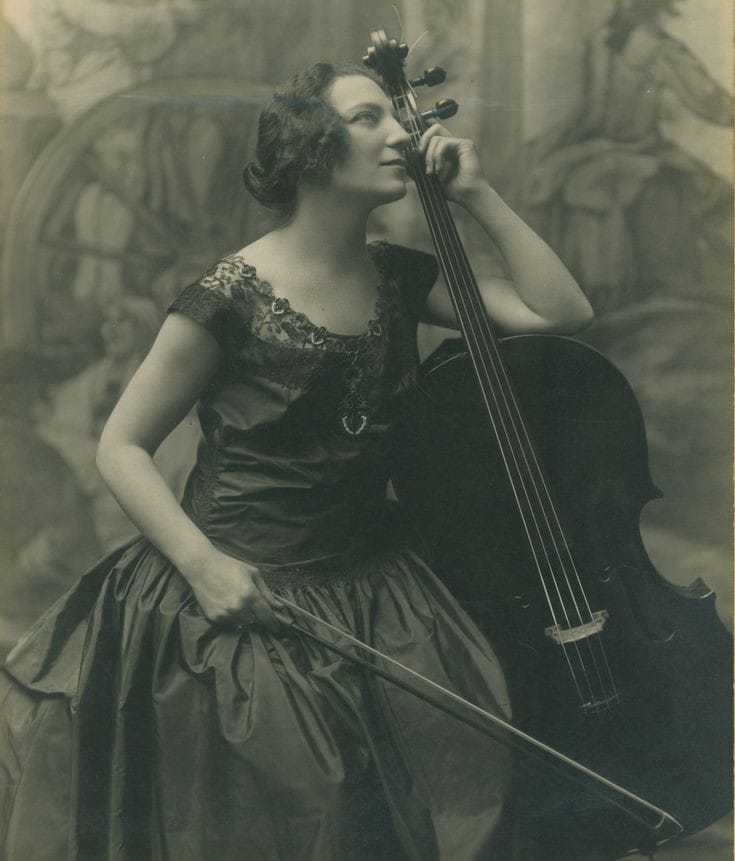
In Photo: Guilhermina Suggia
In the early 19th century, Lisa Cristiani (or Christiani) stood out as the singular professional female cellist. Born in Paris in 1827, Cristiani enjoyed a brief yet remarkable career. Her sensational debut at 18 and tours across German cities earned her recognition, with Mendelssohn dedicating his Song Without Words, Op. 109, to her. Even after her demise, Cristiani left behind a significant legacy—the 1700 Stradivarius now known as the Cristiani cello.
A Crucial Turning point came to the Cello world with the widespread adoption of the endpin that brought significant benefits, particularly for women, supporting a more upright and relaxed posture that preserved feminine grace. This adoption led to the sudden increase in women cellists in the late 1800s. The use and recognition of the endpin all increased with time.
Despite the endpin's widespread use, women were often discouraged from placing the cello between their legs. The side-saddle position, legs turned left with the right leg dropped or crossed continued to be widely accepted. Another feminine alternative involved a frontal position with the right knee bent behind the cello.
Cellist Guilhermina Suggia gave her Stradivarius cello to create a scholarship that helped musicians like Jacqueline du Pré. Jacqueline du Pré, born in 1945, was a renowned British cellist. She is considered one of the greatest. Achieving international acclaim by 20, however she faced health challenges, diagnosed with multiple sclerosis at 26. Retiring at 28, du Pré, known for her extraordinary talent and emotive performances with the "Davidov" Stradivarius cello, died at 42.
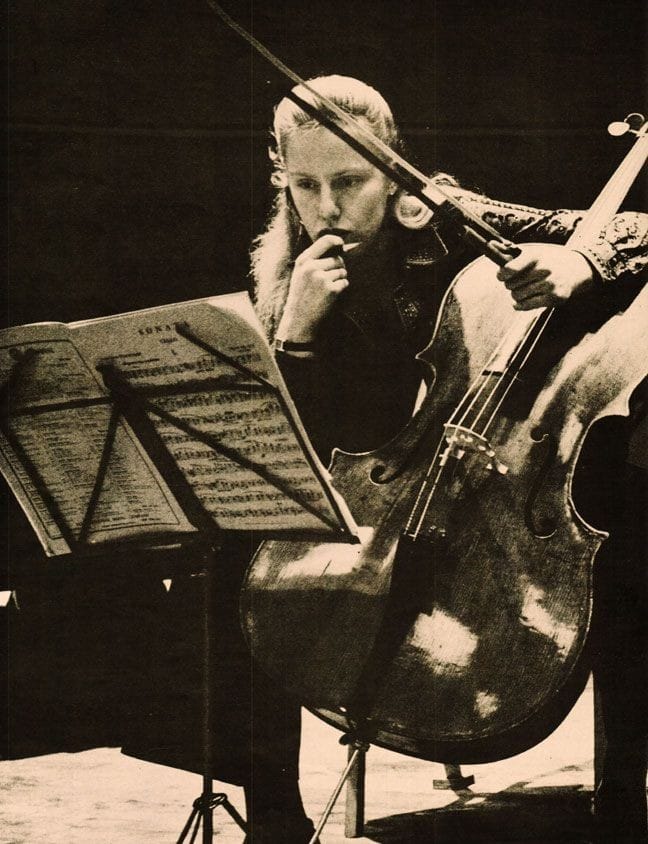
In Photo: Jacqueline du Pré
Another Well known Cellist, Natalia Gutman, born in 1942, is a distinguished Russian cellist, known as the "Queen of Cello." She won major international competitions, including the Tchaikovsky Competition, and holds accolades like the National Artist of the USSR. Influenced by Rostropovich, her vibrant performances exemplify the finesse of the Russian school of cello playing.
Lastly, Caroline Dale, born in 1965, is a renowned British cellist, gaining early recognition by winning BBC's Young Musician of the Year at 13. A versatile artist, she excels in various genres, notably contributing to films like The Hunger Games, Pride And Prejudice, Atonement, and the Divergent trilogy. Beyond film, Dale collaborates with artists such as Page and Plant, U2, Oasis, and Sinéad O'Connor.
In conclusion, The journey of female cellists has been marked by challenges due to societal norms and gender biases. Guilhermina Suggia, Lisa Cristiani, and Jacqueline du Pré defied these constraints, leaving a lasting impact. The adoption of the endpin in the late 1800s played a crucial role, allowing women to overcome physical challenges and societal expectations. Despite advancements, gender stereotypes led to alternative playing positions like the side-saddle stance. Nonetheless, contemporary cellists such as Natalia Gutman and Caroline Dale continue to push boundaries.
© Copyright 2023. All Rights Reserved Powered by Vygr Media.

